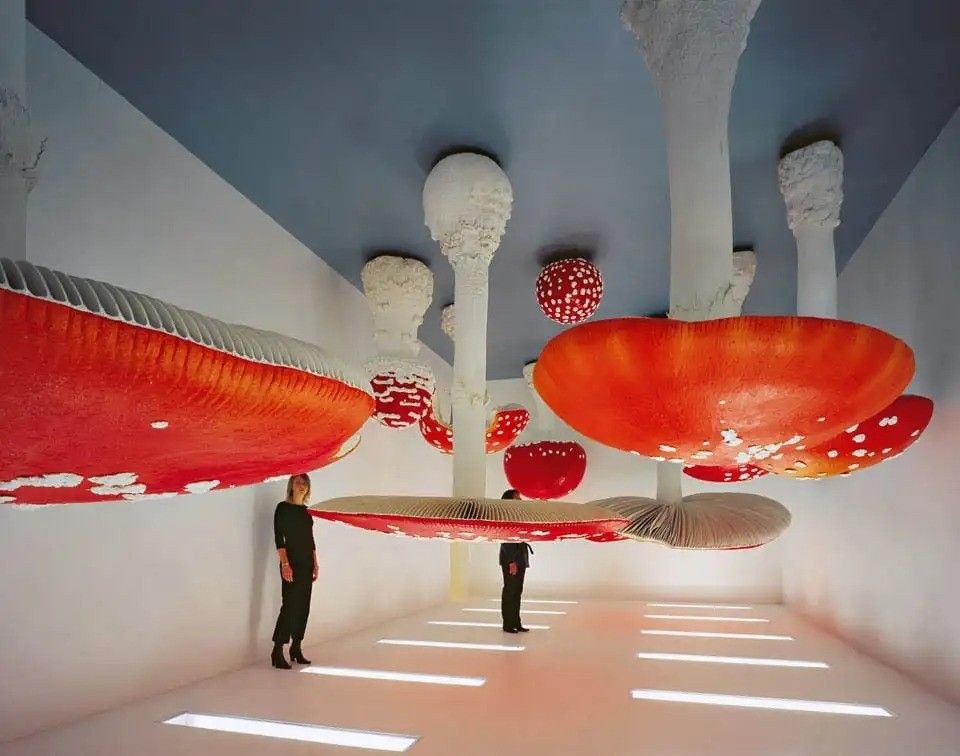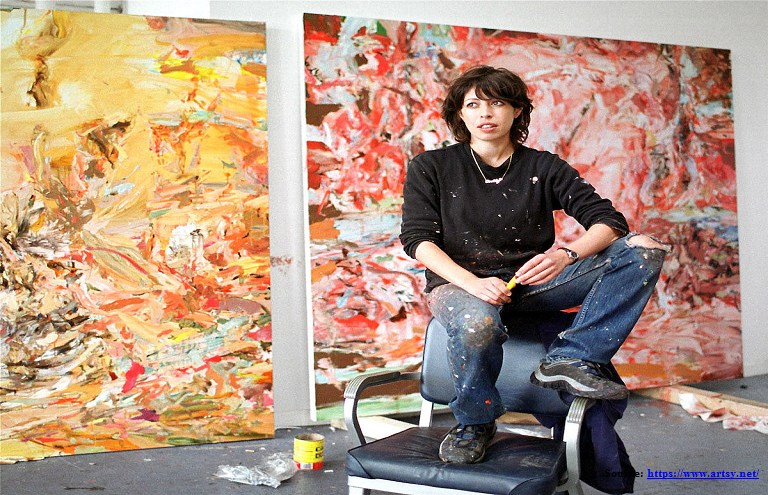Installation art has become a prominent form of artistic expression in the modern era, transcending traditional boundaries and challenging audiences to engage with art in a more immersive and interactive way. From its humble beginnings in the 1950s to the present day, installation art has evolved significantly, incorporating new technologies and pushing the boundaries of what is possible in the realm of artistic creation.
The Origins of Installation Art
Installation art emerged as a distinct art form in the 1950s and 1960s, with artists like Allan Kaprow and Yayoi Kusama pioneering the use of everyday objects and environments to create immersive art experiences. These early installations were often temporary and site-specific, challenging audiences to rethink their relationships with both art and space.
The Rise of Technology in Installation Art
As technology has advanced, so too has installation art. Today, artists are incorporating a wide range of technologies into their work, from virtual reality and augmented reality to interactive video installations and kinetic sculptures. These technological advancements have allowed artists to create even more immersive and engaging experiences for viewers, blurring the lines between art and reality.
Interactive Installations
One of the most significant developments in installation art in recent years has been the rise of interactive installations. These installations invite viewers to actively participate in the artwork, whether by touching, moving, or even manipulating the art itself. This shift towards interactivity has transformed the way we experience art, turning spectators into participants and blurring the boundaries between artist and audience.
Social and Political Commentary
Many contemporary installation artists are using their work to address pressing social and political issues, creating installations that provoke thought and spark dialogue. From issues of climate change and environmental degradation to questions of identity and representation, installation artists are using their platforms to confront the pressing issues of our time and challenge viewers to think critically about the world around them.
Installation Art in the Digital Age
With the rise of the internet and social media, installation art has taken on a new significance in the digital age. Artists are utilizing digital platforms to disseminate their work to a global audience, reaching viewers who may never have the opportunity to experience their installations in person. This democratization of art has opened up new possibilities for artists and audiences alike, blurring the boundaries between physical and digital spaces.
The Future of Installation Art
As technology continues to advance and societal norms evolve, installation art is likely to continue to play a vital role in the cultural landscape. From virtual reality experiences to immersive multimedia installations, the possibilities for innovation are endless. As artists continue to push the boundaries of what is possible, installation art will undoubtedly remain a dynamic and impactful form of artistic expression for years to come.
In conclusion, installation art has evolved significantly in modern times, incorporating new technologies and pushing the boundaries of traditional artistic expression. From its humble origins in the 1950s to the present day, installation art continues to challenge audiences to engage with art in new and exciting ways, blurring the lines between artist and viewer and inviting us to rethink our relationships with both art and space.


